Back in 1988, testing a Ferrari in Britain was up there with cracking time travel, proving Fermat’s last theorem and anyone other than McLaren winning a grand prix: theoretically feasible but almost impossible aims.
Back then, Ferraris were imported by Inchcape, whose PR agency took pride in ensuring what it regarded as the grubbier elements of the fourth estate – the motoring press, mainly – were kept as far as possible from its products.
Take its flagship, the Testarossa. It had come out in 1984, but four years later we’d had not one whiff of its 5.0-litre flat 12 motor. Its reputation said it was a bit of a duffer: quicker but uglier and less involving than the Boxer it replaced. But we didn’t actually know.
Now you must forgive a small, self-indulgent digression, because it is central to this story. I joined Autocar in June 1988 and by July the editor had already realised his mistake.
You won’t find my name in any magazine published at the time because, as said editor was kind enough to point out, “I’d only have to take it out again”. I was sinking fast and needed a lifeline, something to make me indispensable to Autocar, for long enough for me to figure out where I was going wrong. And this car, this actual car, was that lifeline. In short, my dad had a Testarossa.
He let us borrow it because he recognised I was already in the Last Chance saloon and about to fall off my bar stool. I’d like to say the resulting story about an Exmoor encounter with a Lancia Delta Integrale did the trick, but I didn’t even write it. But I did drive both cars, crashed neither, showed I was at least not incompetent behind the wheel of a genuinely quick car and therefore provided some grounds for keeping me. So this car saved me.
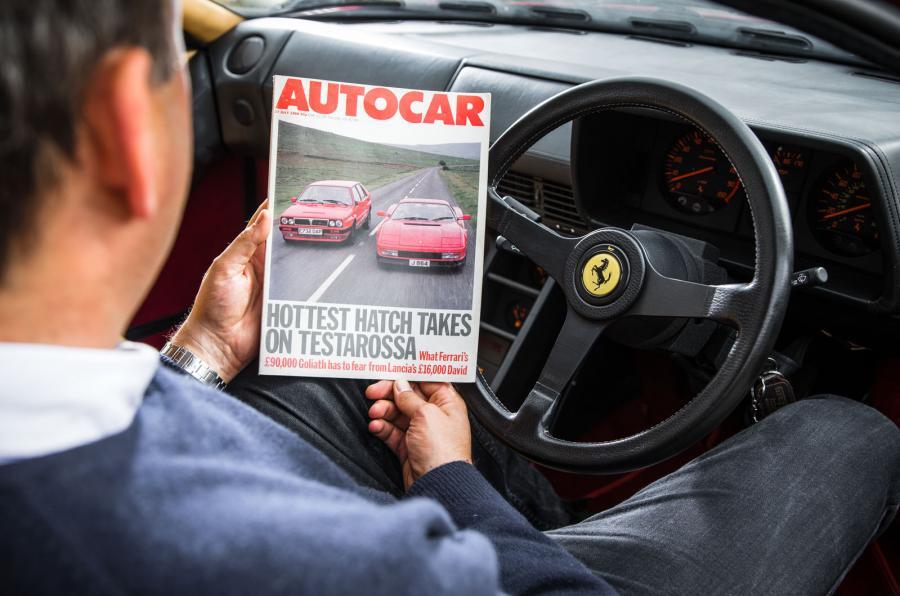
It was another former Autocar employee, Ben Oliver, who 27 years later alerted me to its reappearance. He spotted an ad on the Graypaul Classic Cars website, name-checking my father and asking £185,000 for the car – a lot even these days.


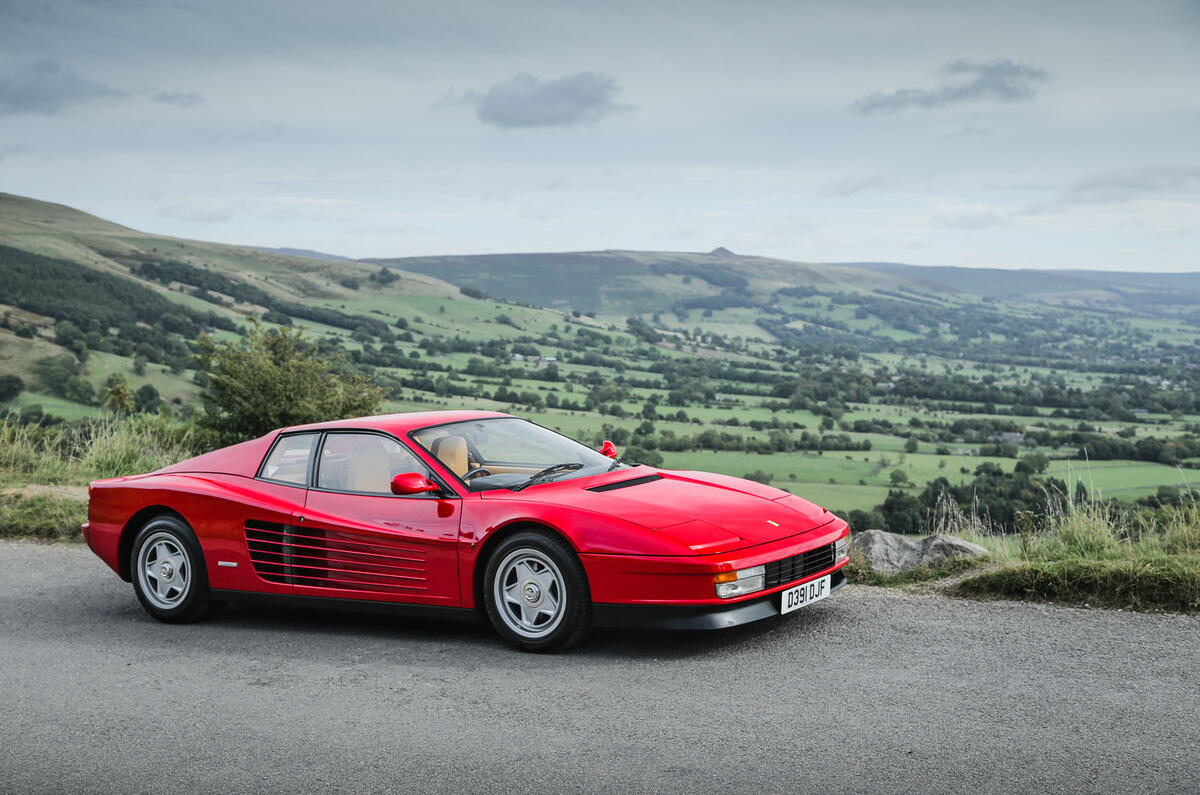
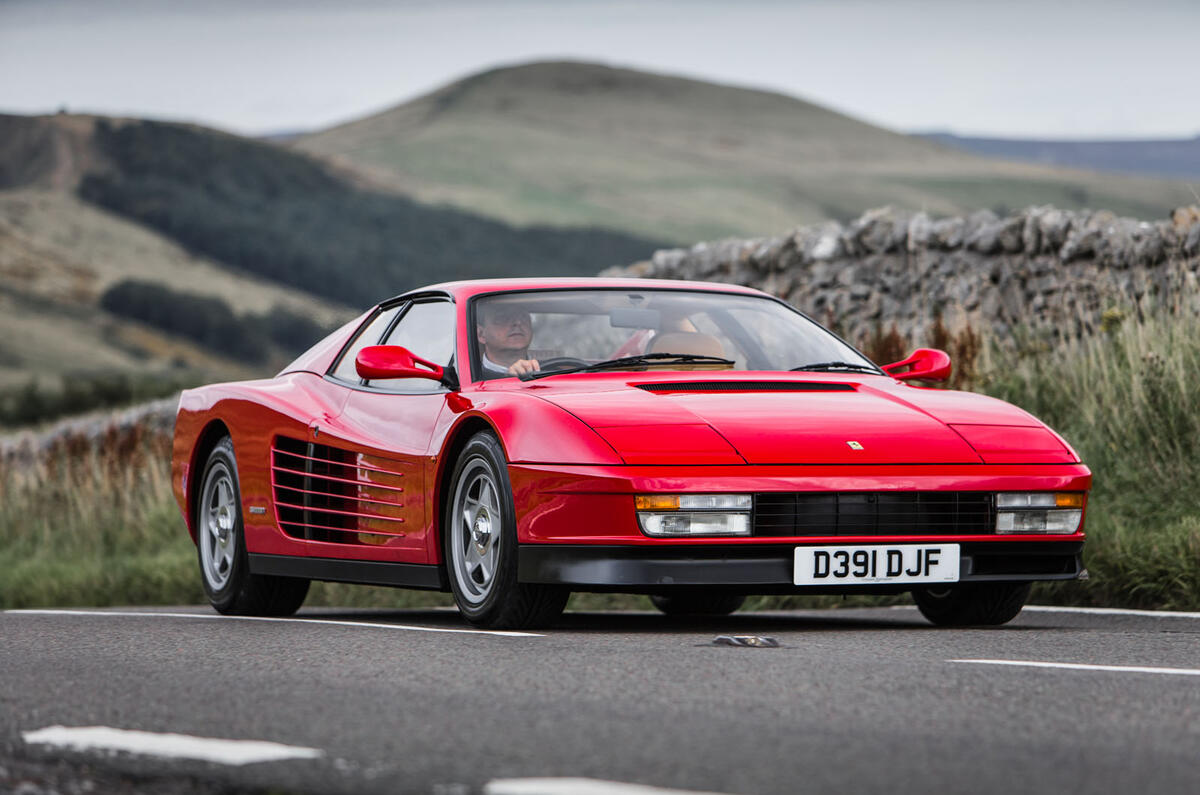
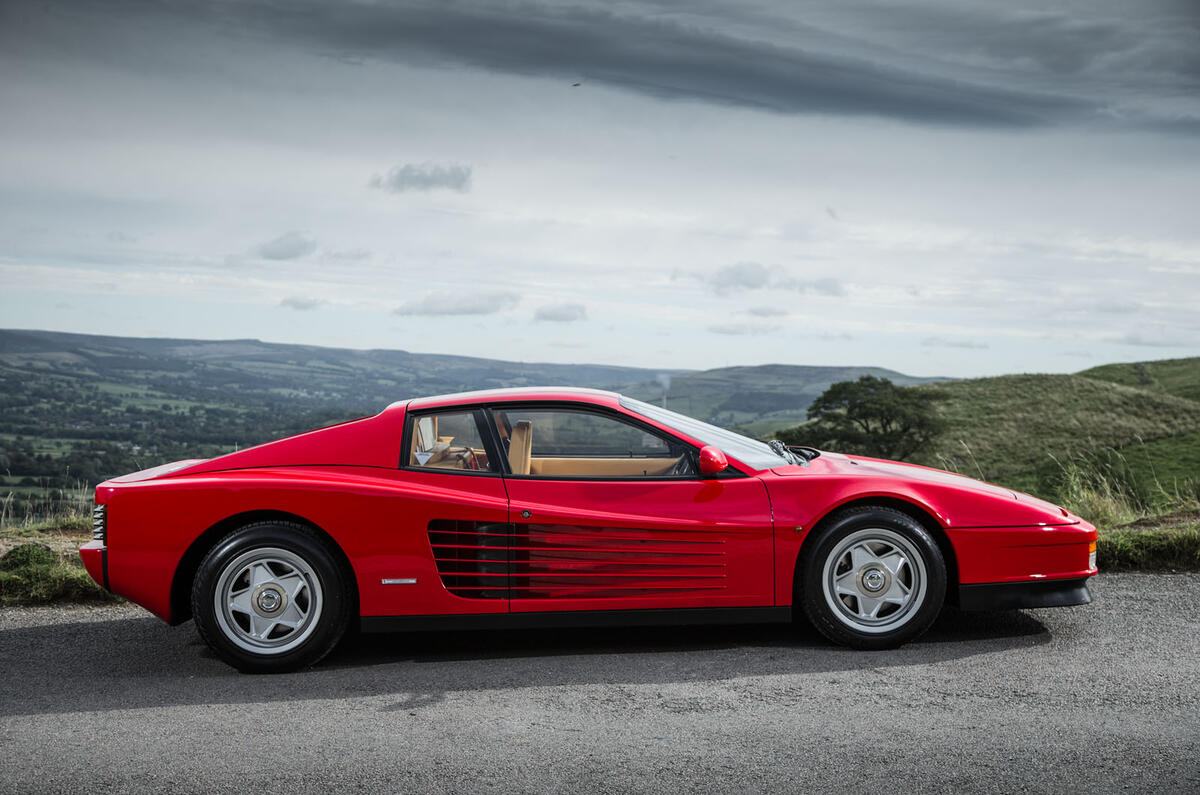

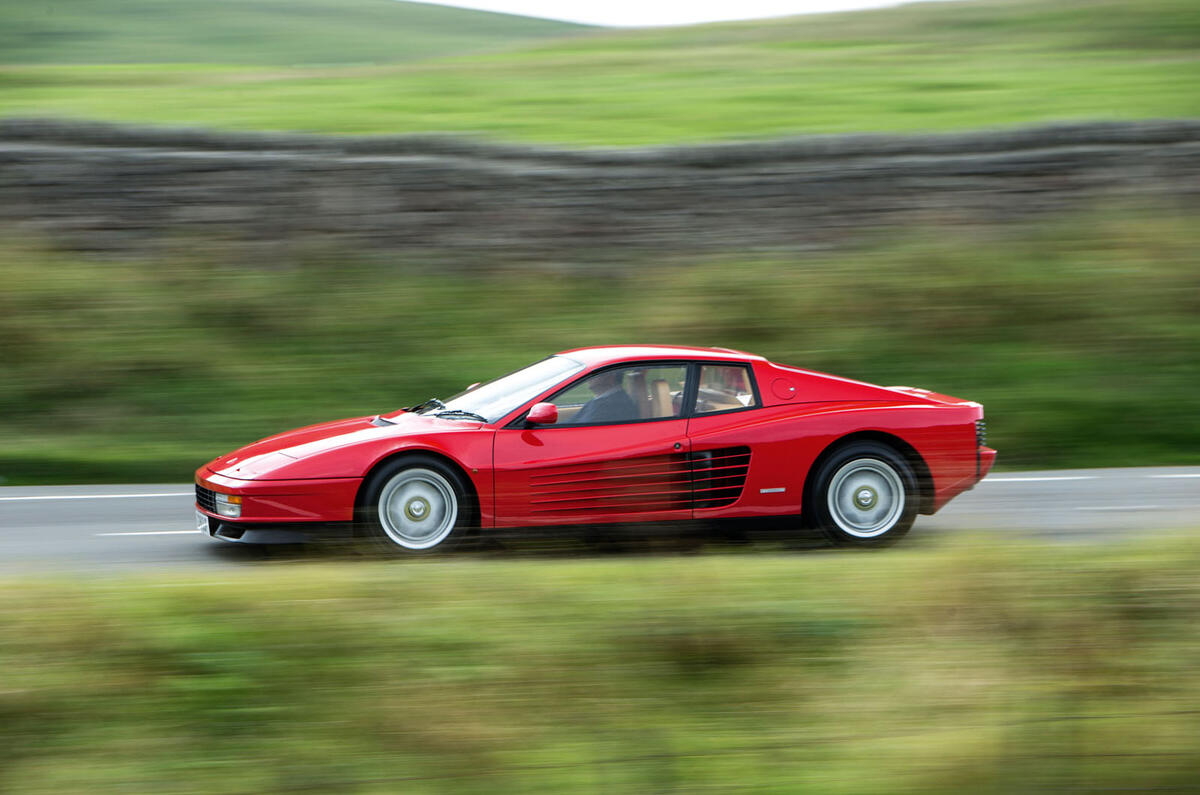
















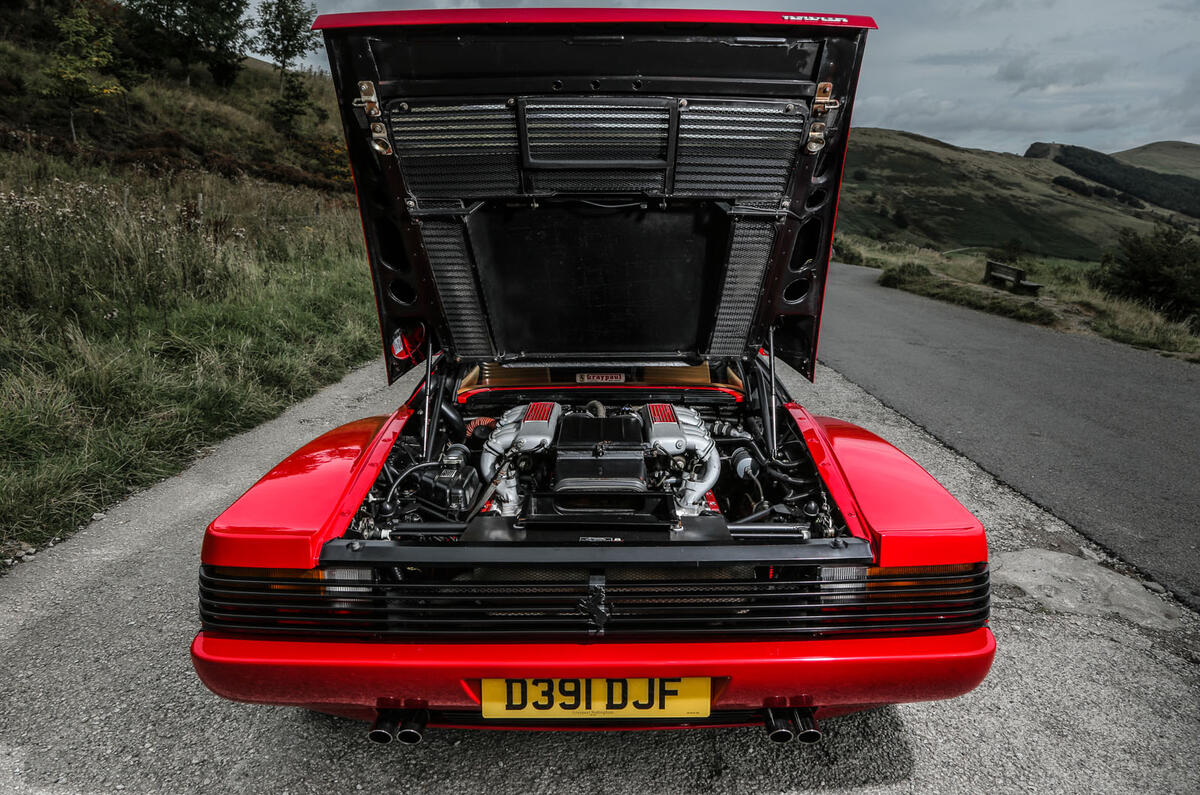
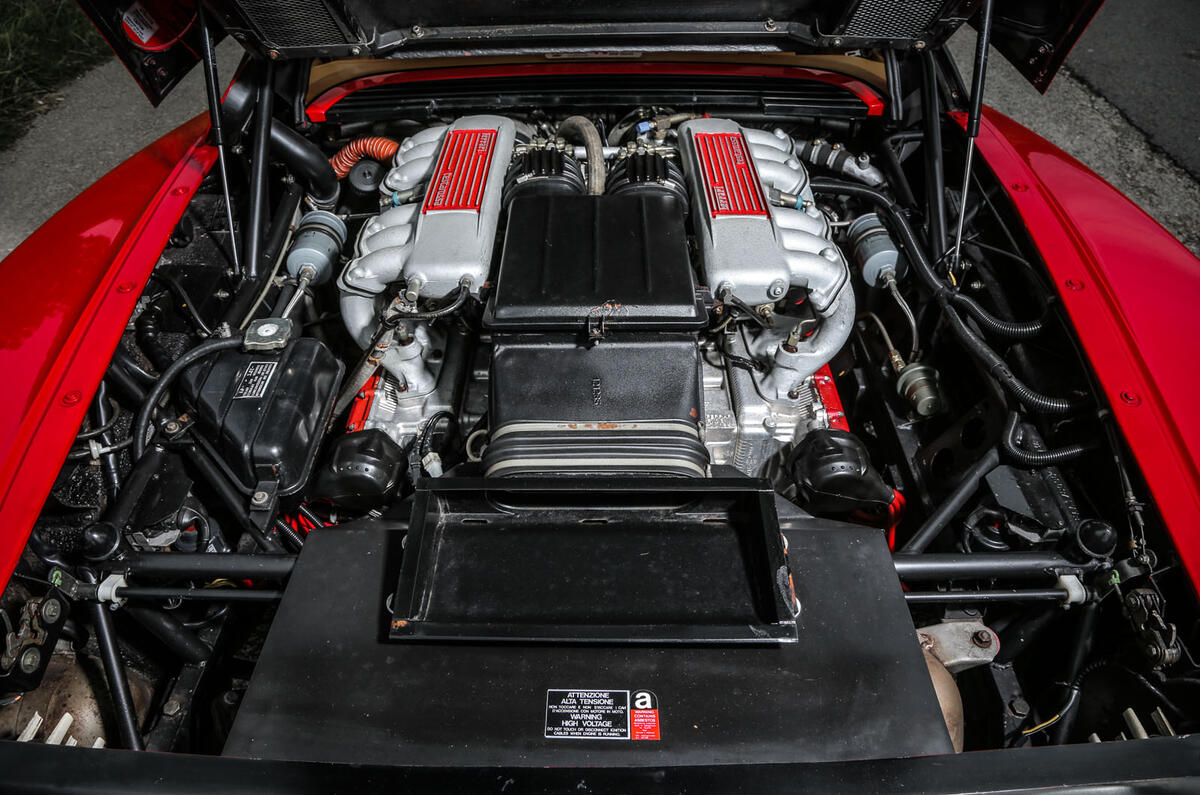



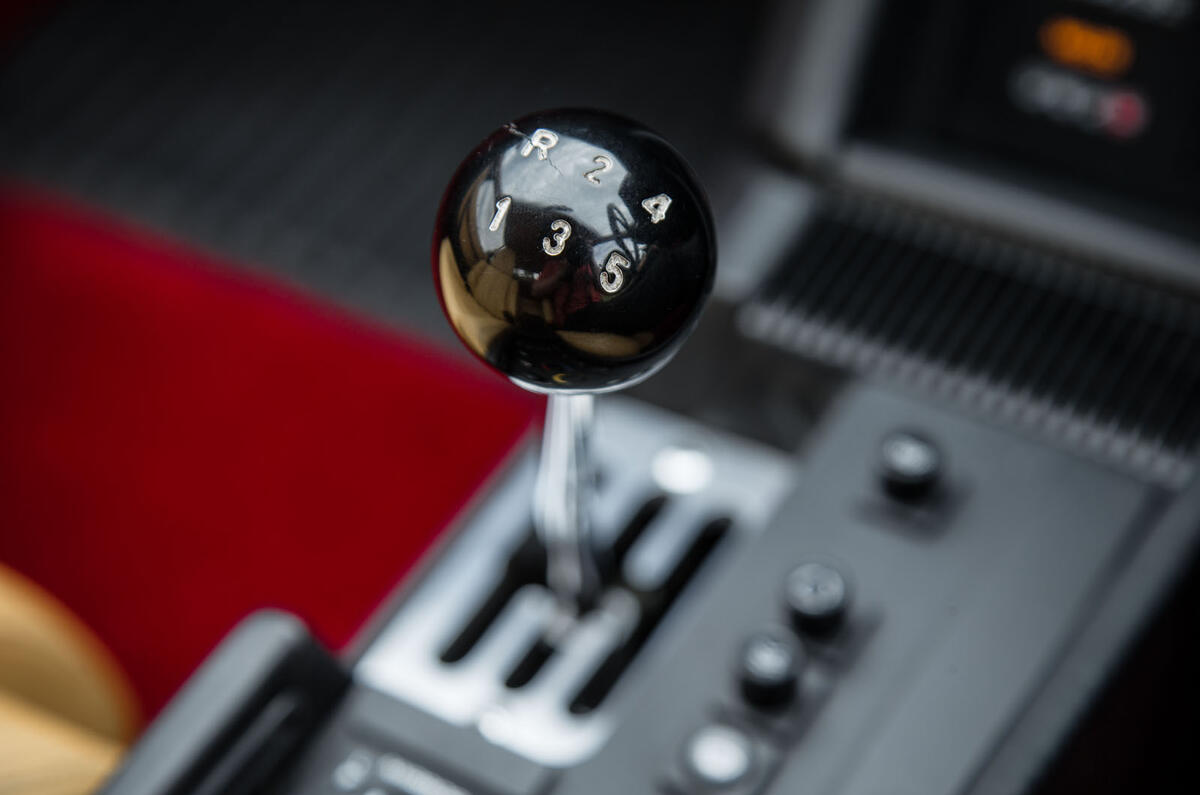











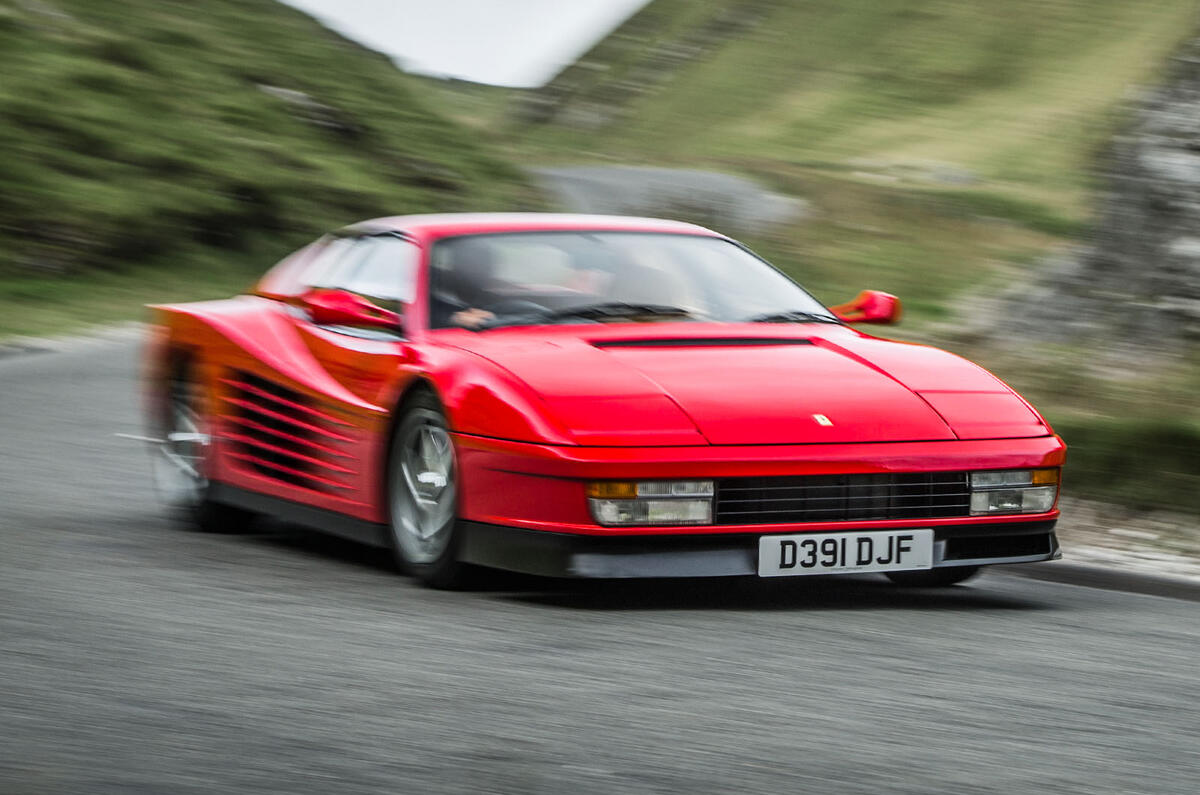
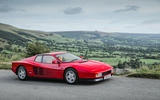







































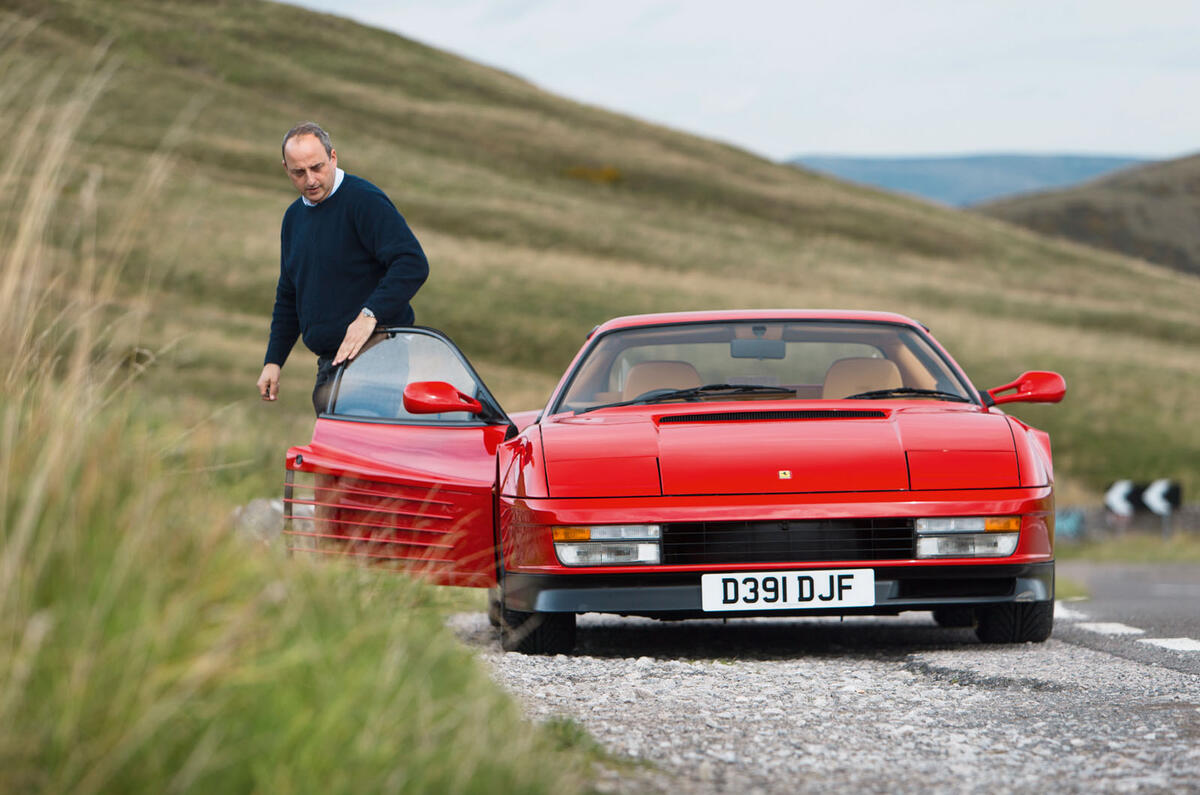
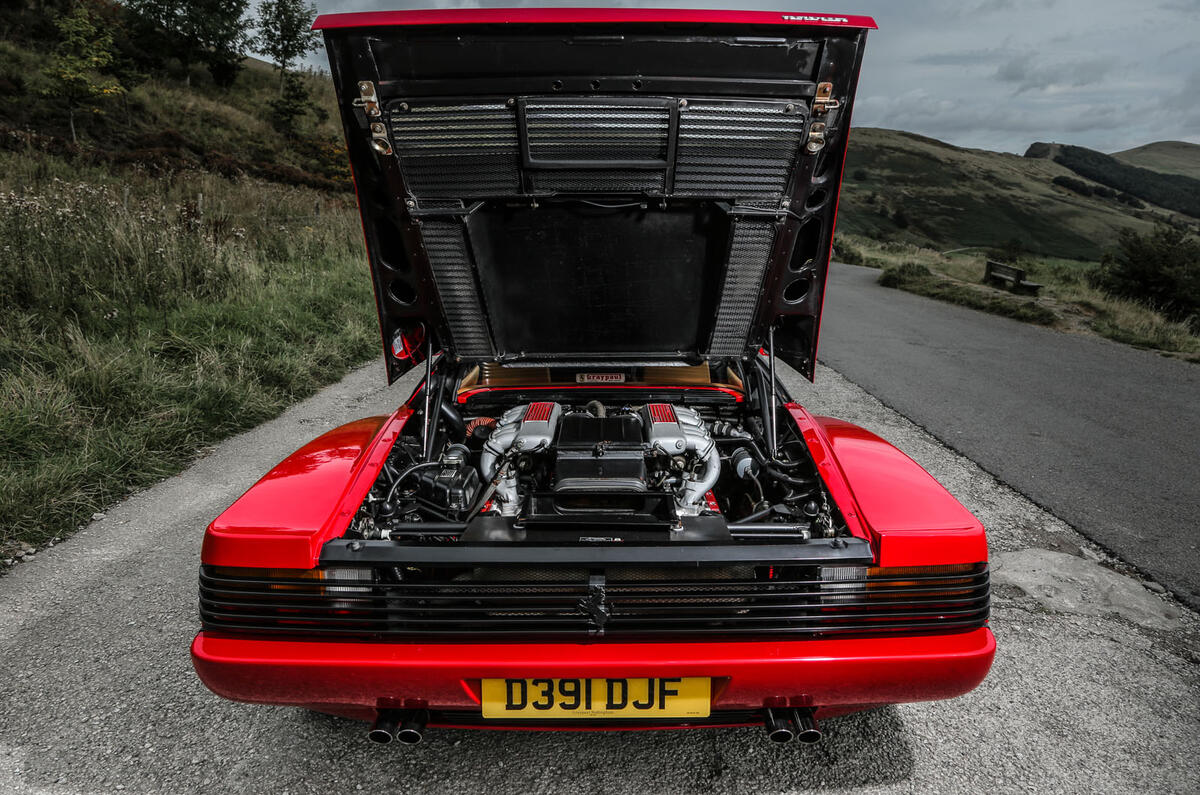



Join the debate
Add your comment
Big Pimpin'
Spendin' cheese!
I just love this car. The
I just love this car. The looks, the genuinely luxurious yet understated interior. And that utterly magnificent V12. This is a Ferrari for the ages.
long straights
Finally, on long straights, the growl gives way to the wailing of the exhaust as the thing sucks the road beneath it, turning it into a streaking grey blur. You’ll back down way before the Ferrari does. There are times where you might want the more guttural sound and shove of its older sister, the 512BB, or the ten-tenths mechanical communication of deadly rival the Lamborghini Countach.
Thanks
Air Conditioner Replacement